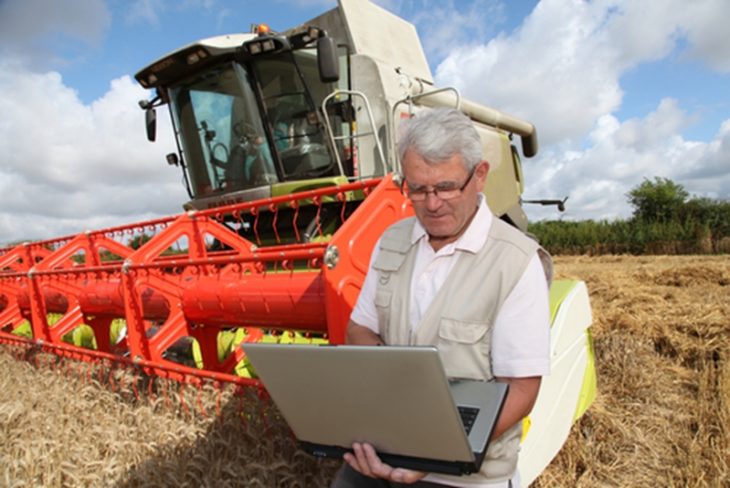No more deferring tax liability
So, what does this mean as tax planning season draws nearer? It may mean you need to be prepared to pay as much or more in taxes as you have in years past, when farm profitability came much easier. This might sound crazy, but think about what most farmers have done the past number of years: bought new equipment; built new farm buildings; prepaid seed, chemical, and fertilizer expenses to the hilt; and carried over as much grain and livestock inventory as possible.
In many cases, kicking the can down the road by deferring tax liability to the future has been a main tax strategy. Add to that a potential worst-case scenario in that some farmers repeatedly took advantage of accelerated depreciation on farm machinery and equipment purchases (through Section 179 and/or bonus depreciation options afforded to farmers and ranchers), and they still have significant debt owed on these assets.
This tax deferment cycle might be about to change. The cash flow on farms and ranches today is tight. In order to make ends meet and not max out lines of credit with the bank, some farmers may have to sell more grain and cattle inventory in 2017 despite the lower prices. They may not want to sell, but have to for cash-flow purposes.
Because there isn’t excess cash on hand or availability on operating loans, the cycle of prepaying input costs for seed, feed, fertilizer, and chemicals may come to a halt this fall and winter.
Get advice
This fall may be one of the more crucial years to meet with your tax adviser early and often to review your cash flow and tax situation.
Immediately following harvest, schedule a time to meet in person with your CPA, review your cash flow needs including principal and interest owed on debt through the end of the year, and calculate the tax consequences of selling grain and livestock before year end. Year-end tax planning is one of the most valuable services you can receive from your CPA.
When necessary, include your lender in these conversations, too. Good ag lenders understand the tax game and may be able to help with a short-term operating loan extension, allowing you to prepay some input costs before year end.
Lenders may also help calculate capital debt repayment requirements for the next year (or determine how much cash you need on hand to meet your current debt obligations). This will allow you to sell what you need to sell and carry over what you can to the next year.
In fact, 2017 may be the perfect year to eliminate the tax cycle of prepaying next year’s expenses and deferring this year’s income to manage your taxes.
Meeting with your financial advisers could potentially save you thousands of dollars in taxes in what may be one of the more financially strapped years farmers and ranchers have seen in some time.



